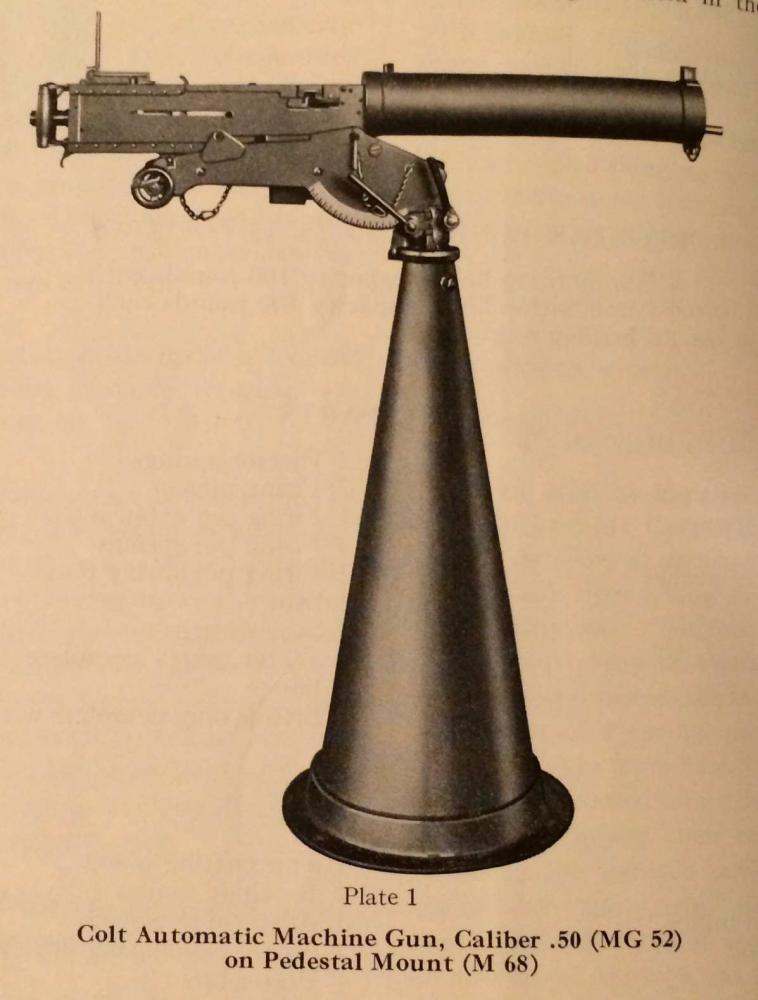_20220111_0924046629.jpeg)
TYPE: Anti Submarine Whaler
BUILDING SITE: Kaldnes Mekaniske verksted, Tønsberg
PREVIOUS NAME: KOS VIII
LAUNCHED: September 1936
REQUISITIONED: July 1940
IN COMMAND: 4 January 1941 to 1943
OWNER: Hvalfangerselskapet Pelagos A/S, Tønsberg
ARMAMENT
Spoiler
-
1x 4" Q.F Cannon
-Mass: Barrel & breech: 220 kg
-Barrel length Bore: 4.6 m (L/45 cal)
-Total: 4.8 m
-Shell: 14.1 kg fixed QF or Separate-loading QF
-Caliber: 101.6 mm
-Breech: horizontal sliding block
-Recoil: hydro-pneumatic or hydro-spring 15 inches (380 mm)
-Elevation: mounting dependent
-Traverse mounting: dependent
-Muzzle velocity: 716 m/s
-Maximum firing range Surface: 15,000 m AA: 8,800 m
-Filling: Lyddite, Amatol
-Filling weight: 2.27 kg -
1x 20mm Oerlikon cannon
-I do not know witch model of this that was used
-Placement: Aft platform above the depth charge racks -
3x1 12.7x99mm Colt MG/52 Machinegun

-Cooling system: water cooled
-Placement: one on each side of the vessel, beside the chimney behind the wheelhouse and one third on a platform in the middle of the ship between lifeboats -
16x Admiralty depth charges
-Throwers: 2x Throwers
-Racks: 2x racks
certiain model uncertain -
ASDIC RADAR 123A
TECHNICAL DATA
Displacement: 351 Gross tonnage
Length: 42.45 Meter
Width: 8.04 Meter
Depth: 4.45 Meter
MACHINERY
1x Triple expansion steam eigne
Power: 250 NHP
Speed: 14 Knots (25.92km/h)
Bunkers: uncertain around 90 to 130 Metric Tons of oil
CREW
Estimated crew: 29 Men
TIMELINE OF IMPORTANT EVENTS
coming soon
HISTORY
Spoiler
During the summer of 1940 the Norwegian navy seized 16 Norwegian whaling boats in South Africa. they were taken to Halifax in Canada for conversion into patrol vessels. the whaleboats proved to be in such poor condition that extensive repair work had to be started at the same time as the rebuilding. 7 of these whaleboats were therefore sent to Great Britain for conversion to minesweepers, and the rest were converted to patrol vessels. KOS VIII/HNoMS Bodø was one of those that was converted into a patrol vessel, and which you will hear about here. I would like to suggest a whale boat that was requisitioned by the Norwegian navy after the German invasion of Norway. This vessel was armed and used as a patrol vessel throughout the war.
Of the 16 whaleboats which the Norwegian Navy seized in June 1940, nine were converted into patrol vessels in Lunenburg, Canada. Three of these patrol vessels, after they had been made ready for war service, were sent to Iceland and placed in the Norwegian Iceland Department, while five were sent to Great Britain and one was retained in Lunenburg as a training vessel at the Navy Department, Halifax.
Two of the patrol vessels that were sent to Great Britain - Horten and Risør - were stationed in Thorshavn in the Faroe Islands in the last half of June 1941, while three - Molde, Bodo and Narvik from the beginning of November 1941 were stationed in Liverpool. From 4 November 1941, the patrol vessels Molde, Bodø and Narvik, together with the British patrol vessel Kirkella, were set up as a separate escort group Liverpool Local Escort Force and operationally subordinated to the commander of Western Approaches". The group’s main task was to escort the Liverpool group on the transatlantic convoys between Liverpool and the Nordkanalen, etc.
In the autumn of 1942, 30 men from Company Linge and 10 naval personnel were taken out and specially trained to carry out an operation, Operation Carhampton, against German shipping on the south coast of Norway. The operation was to land the force in Televik at Flekkefjord with mission to attempt to hijack an enemy convoy that had to be anchored at Abelsnes, and bring the ships over to Great Britain (This anchorage was used by the Germans as a convoy port during the dark hours of the day when they did not dare to let the convoys sail at this time.) The landing force was under the command of lieutenant Odd Starheim. The transport of the force with supplies and equipment was to be carried out with the patrol vessel “Bode”, commander Vpl. lieutenant K. Kraft. Captain-Lieutenant E. Marstrander was appointed as naval leader of the expedition.
At the beginning of November 1942, the training of the landing force had ended and the operational plan had been finalized so that the operation could take off. After dark on 14 November, the force with its weapons and ammunition and other equipment was brought aboard Bodø in Aberdeen. And at At 2145 on the same day, the vessel went out to sea and set course for Norway.
The next day there was a stiff gale in the North Sea with heavy seas. Because of that, 'Bodø had to slow down so that it gradually became clear that the vessel would not be able to reach its destination by the time stipulated in the operational plan. The expedition’s naval leader therefore found it inadvisable to continue and gave the commander of “Bode” orders to return to Aberdeen. By the afternoon of November 16, the vessel was back in this city. At noon the next day, "Bodø put out to sea again and set course for the Norwegian south coast. When the vessel approached the coast in the night between 18 and 19 November in clear moonlight, it was 0050 (19/11) called with flash signaling by an enemy coast guard station at Jøssingfjord. After that, Captain Lieutenant Marstrander assumed that Bodø had been discovered by the enemy and that an unseen landing of the expeditionary force, on which a successful execution of the operation depended, would therefore not be possible. He therefore again gave orders to return to Aberdeen.
On the morning of November 20, the landing force was put ashore here, and Bodø returned to Liverpool.
DRAWINGS OF THE VESSEL, SHOWING PLACEMENTS OF WEAPONS AND INTERNAL STORAGE

ALBUM
Spoiler
SOURCES
Spoiler
Nasjonalbiblioteket
Redirecting...
https://bodoniforlag.no/butikk/fagboker/norske-marinefartoy/
Leselystig 39: Modeller som forteller – Norsk Marinehistorie | Polar Coordinate
Nasjonalbiblioteket
Lardex - Skip
- Yes
- No